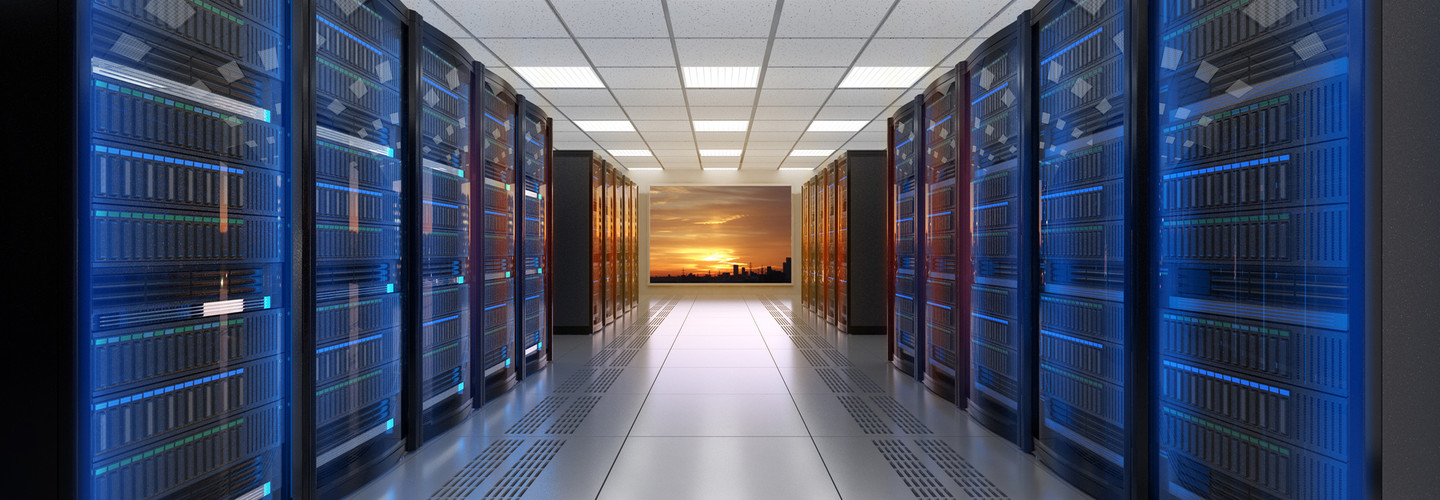Modular Data Centers Meet Higher Ed’s Ever-Changing Needs
Modular data centers offer the flexibility and capacity that organizations need to meet unpredictable storage and processing demands, so it’s hardly surprising that IT leaders across industries have their sights set on upgrading.
Modular data centers hold particular promise for colleges and universities saddled with tremendous research, educational and administrative data needs. That may be why eCampus News called modularity one of the hottest trends in higher education data center management in 2015, and why the title still fits today.
Why Institutions Switch to a Compact Modular Data Center
The antithesis of a compact, efficient modular data center, a traditional data center typically houses a growing sprawl of servers in a space that’s about the size of a large warehouse. The cost of building, managing and scaling these massive onsite data centers can create challenges for even the most well-funded institutions.
Modular data centers, on the other hand, can fit inside a shipping container or a small room, making them easier to afford, install and maintain, explains Shahrukh Tarapore, a technology expert who has extensive experience developing systems architecture.
They’re also customizable. “Think of modular data centers as Legos,” Tarapore says. “There are big Legos and small Legos, some are square and some are rectangular. All of these variations of Legos are interchangeable and can be assembled and connected together to create a compound structure.”
Institutions such as Utah State University, which adopted a modular approach in 2007, can select pre-engineered modular components based on their processing power, memory and storage needs. IT staff can later add or remove elements as they see fit, says David Tidwell, IT physical infrastructure manager at USU.
“For example, as we need more cabinets, we can put them in,” he says. “If we want to cut back and remove components, we can do so without impacting the entire data center. We can do mass upgrades to the data center without taking it all down.”
That ability to refresh data center capabilities and components on demand also generates cost savings. Tidwell can forgo large cooling systems in favor of modular, in-row cooling units that automatically regulate temperature only where they’re needed.
“This allows us to have hot and cold aisles within the same room, and this enables us to be much more energy efficient,” he says.
But the real payoff from modular data centers goes beyond creating equipment and energy savings to reducing efforts spent on capacity planning — a time-consuming, exacting task.
“Our demands at USU don’t just change by season, but by the hour,” Tidwell says.
Because the university’s data center can keep pace with those needs at any given time, Tidwell and his team can spend less time planning and more time providing value-added services.








